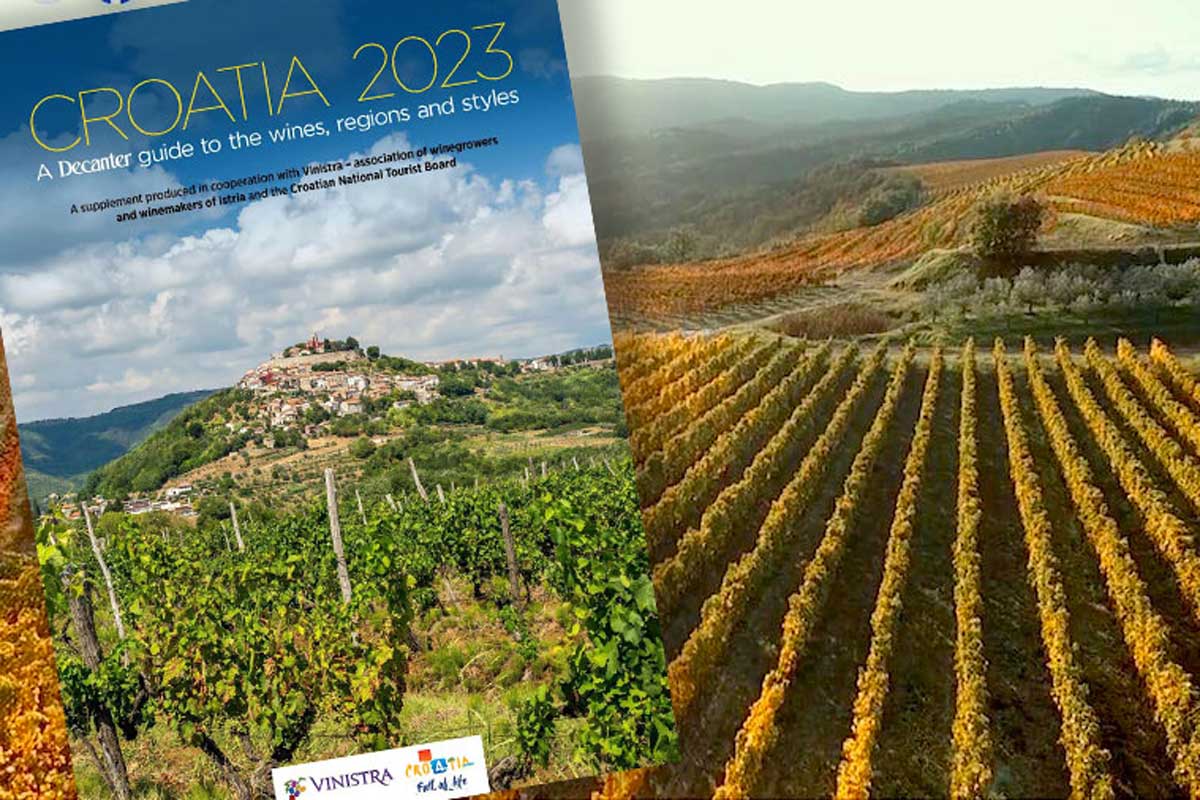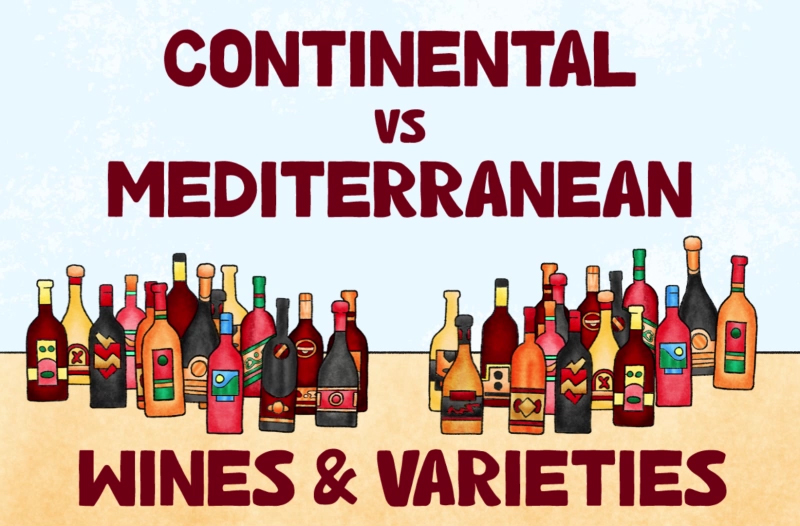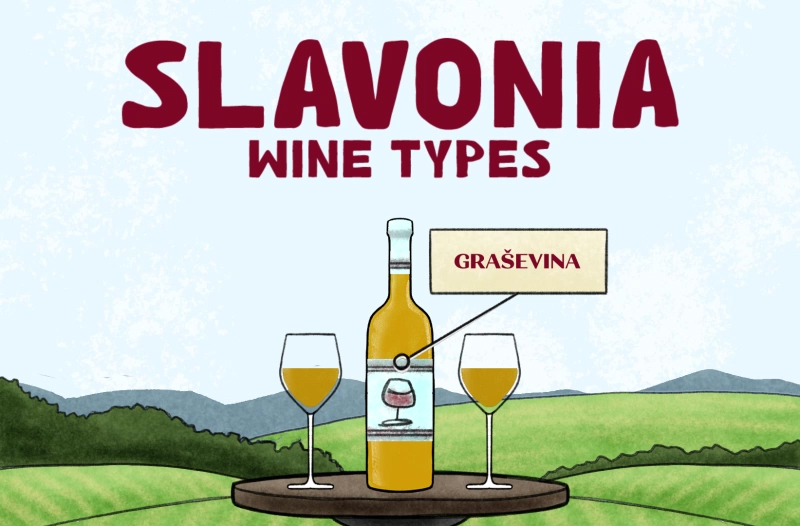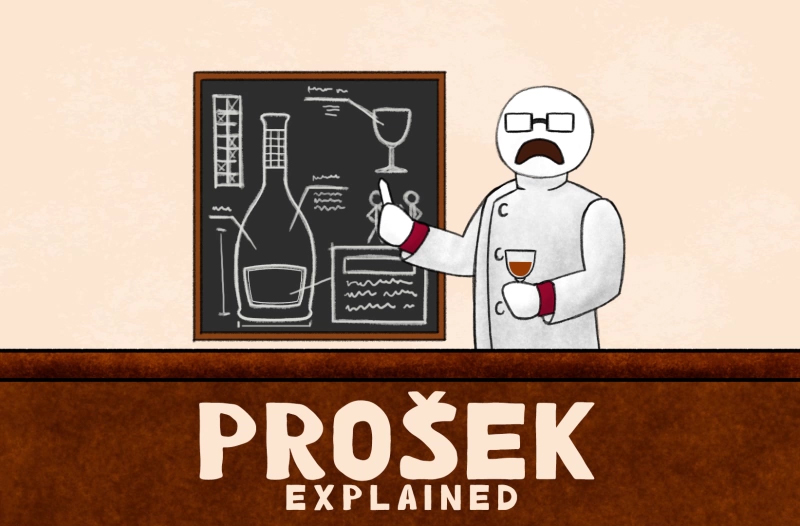Origins of Winemaking in Istria
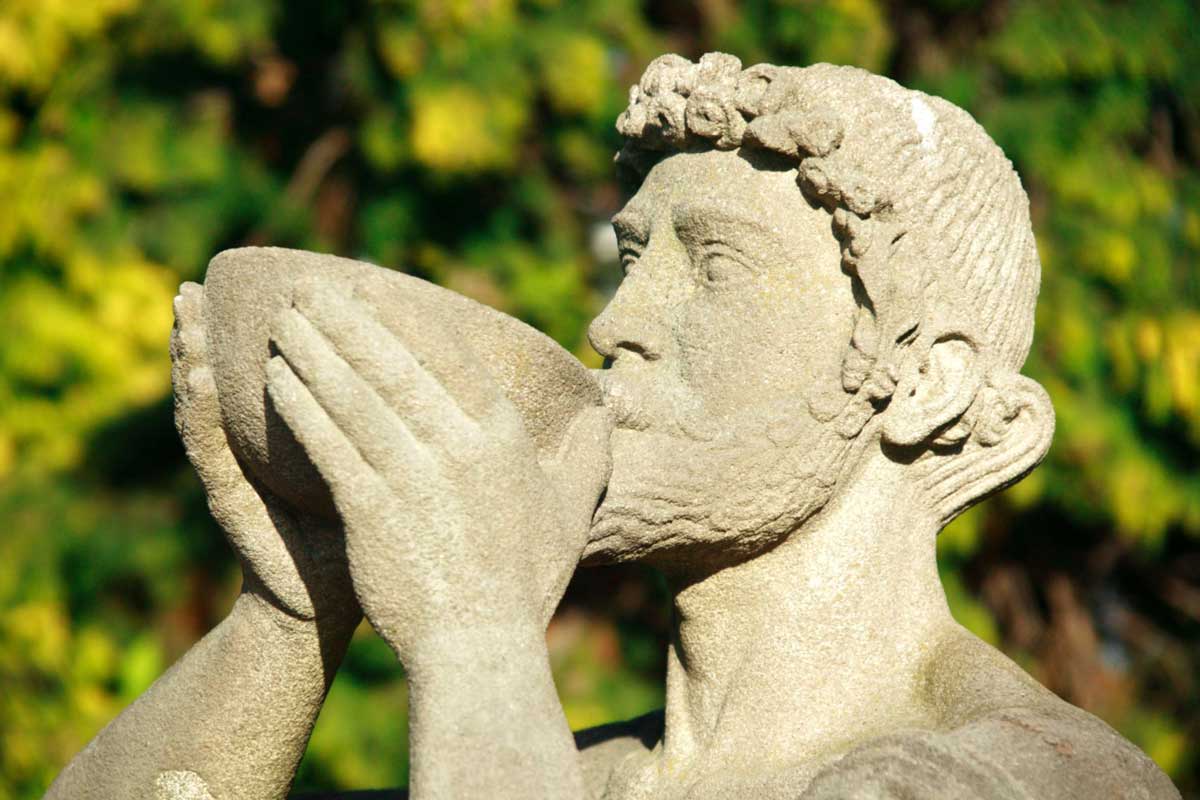
The roots of Istrian winemaking stretch back to antiquity, a journey marked by illustrious figures and profound moments that have shaped the region’s vinous legacy.
- Ancient Roots: Istria has been growing grapes for a long time, with the first records dating back to Roman times.
- Greek Connection: In the Bay of Raš near Raklje, the area is called Kalavojna, which probably comes from “good wine” (Greek: καλός: good and oἶνος: wine). This could point out that Greek sailors used to come to the Istrian region and stock up on wine.
- Roman Praise: In the 1st century, the Roman writer Pliny the Elder mentions vinum Pucinum. He claims that Empress Livia owes her 82 years of life to this particular wine, which originates from Istria.
- Cassiodorus’s Wisdom: In the 6th century, Cassiodorus described the province of Istria and praised its products, especially wine, oil and grain.
- Overcoming Challenges: The method of wine production has changed over time. At the beginning of the 20th century, the restoration of the vineyard was completed after the Phylloxera that affected the vines at the end of the 19th century. At that time, the largest annual wine production in Istria was recorded.
- Modern Changes: Istrian winemaking underwent significant changes during the 20th century. The assortment also changed, and more and more white wine was produced. At the end of the 20th century, many small and medium-sized producers began to apply new technological solutions in the production of wine, which achieved very high quality. However, at that time, the most minor vineyard areas were recorded in Istria.
Istria peaked in the cultivation of vines in the period just before II. World War when about 66,000 ha of vineyards were registered in the territory of Istria. After II. World War, the area is significantly reduced. Today, we have about 6,200 ha of vineyards in Istria.
- Istrian Wine Revolution: In the aftermath of Croatia’s homeland war in the 1990s, a new generation of Istrian winemakers embarks on a transformative journey. This movement would soon be hailed as the Istrian wine revolution. These ambitious vintners, including names such as Coronica, Kozlović, Degrassi, and Matošević, harness their passion and expertise to carve a path to excellence. With the support of the local tourist board, this resurgence gains momentum, transcending borders and kindling a new era of Istrian viniculture.
- Bright Future: Today, Istria continues its winemaking tradition. While the first wine stars emerged from the Umag and Poreč sub-regions in the west, Istria’s vinicultural prowess now extends to the south, central, and even eastern reaches. An expansion of talent continues to captivate the hearts and palates of enthusiasts worldwide as Istria’s wines breach boundaries, forging a legacy that encompasses centuries past and a future yet unwritten.
Cultural influence on Istrian winemaking traditions
From ancient civilisations to modern innovation, the fusion of cultures has left an indelible mark on how Istrian wines are cultivated, crafted, and celebrated.
Istria’s history is a chronicle of diverse cultures and civilisations. Each chapter has contributed to the region’s winemaking identity, from the Romans to the Venetians, Austrians, Italians, and beyond. These influences have imprinted everything from grape varieties to cultivation methods.
The ancient Romans were among the earliest to recognise Istria’s viticultural potential. Their legacy established the very foundations of winemaking. Techniques such as barrel ageing, transportation, and the cultivation of specific grape varieties were introduced by Roman winemakers and continue to influence contemporary practices.
However, the most significant influence on Istrian winemaking historically belongs to Italy, specifically the Venetian Republic.
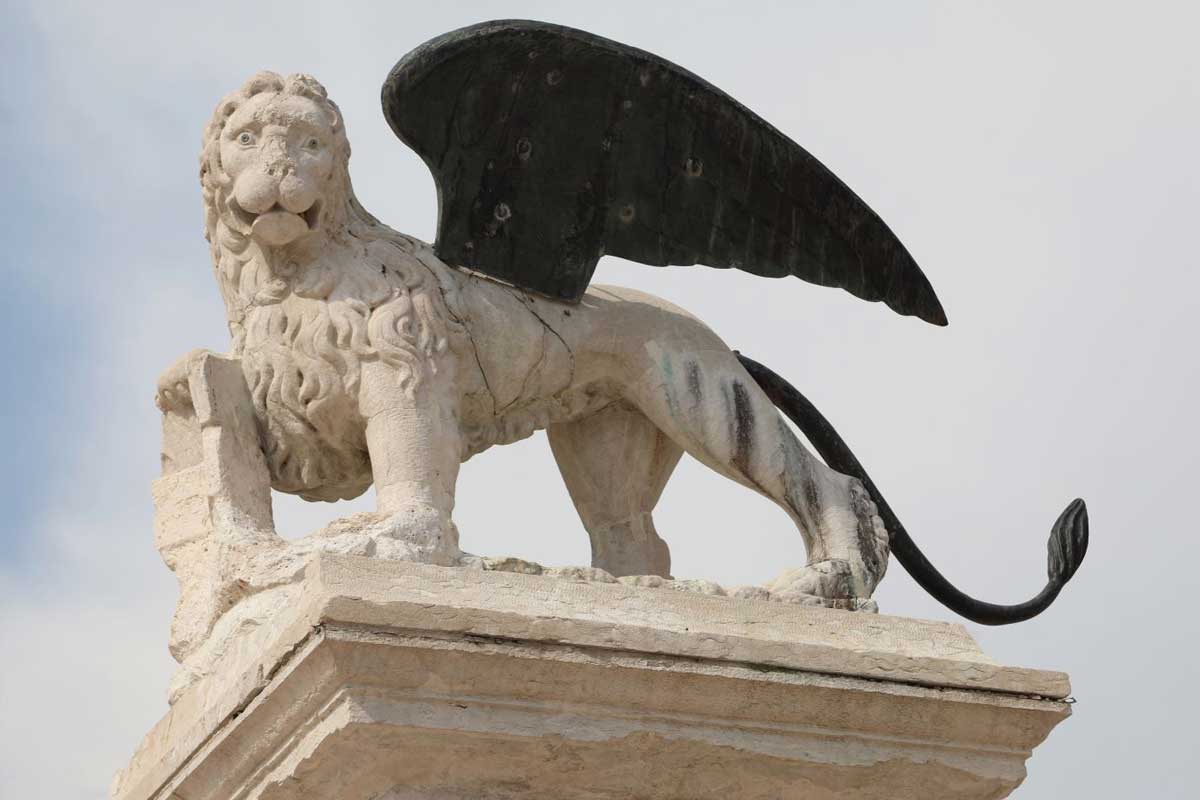
Venetian Cultural Influence
The Venetian Republic’s rule over Istria infused the region’s winemaking with a touch of elegance. Venetian influence can be seen in the architecture but also in the meticulous attention to detail in crafting wines that exude sophistication and finesse.
It’s no wonder that Venetians left their mark most profoundly on Istrian culture. Istria was part of the Venetian Republic for centuries. Istria belonged to the Venetian Republic from the 13th to the end of the 18th century.
The Venetian Republic’s rule over Istria shaped the region’s vinicultural identity in many ways:
- Venetian architecture: The iconic Venetian style, characterised by pointed arches, intricate detailing, and an air of grace, can be seen in several of Istria’s winery’s buildings.
- Meticulous Craftsmanship: The Venetian influence extended to winemaking methods, where meticulous craftsmanship became a hallmark. Venetian winemakers introduced attention to detail, from vineyard management to the art of blending. This commitment to excellence ensured that Istrian wines bore the signature of quality, a tradition that still endures.
- Importance of Terroir: The Venetians recognised the terroir concept in viticulture. They understood that the interaction between land, climate, and grape variety was the key to producing exceptional wines. This sensitivity to terroir has been passed down through generations, shaping Istrian winemaking into a pursuit that reveres the uniqueness of the land.
- Demanding Palates: Venetian nobility and merchants had discerning palates, fostering a culture of appreciation for fine wines. Their influence elevated the appreciation of wine from a simple beverage to a sensory experience, inspiring winemakers to craft wines that met these refined tastes. This tradition has become part of Istrian winemaking, emphasising producing wines that are not only delicious but also convey a sense of place.
- Grape Varieties: The Venetians introduced grape varieties from their own region to Istria, such as Malvasia, which found a new home in the Istrian terroir. The Venetians recognised the potential of Malvasia in Istria’s terroir and climate. These grapes adapted to the local conditions, producing wines that expressed the land’s nuances while echoing Venetian viticulture’s elegance.
Today, Venetian influence remains imprinted on Istrian winemaking. Winemakers in Istria continue to honour the traditions set forth by their Venetian predecessors. The pursuit of quality, the marriage of elegance and terroir, and the seamless blending of tradition with innovation pay homage to Venetian culture’s legacy.
One Istrian winery is particularly proud of its Venetian origins. Owned by the Rožanić family, the name “Roxanich” is derived from the family’s Venetian heritage and its historical insignia, with a crest dating back to the 13th century.
In many ways, they also replicate the practices of that era, dedicated to high-quality natural and biodynamic wines that showcase the unique terroir of Istria. The combination of traditional winemaking practices, modern techniques, and a commitment to expressing the characteristics of the land has contributed to the winery’s reputation both locally and internationally.
The Venetian influence on Istrian winemaking is a tribute to the enduring connection between culture and viticulture, a partnership that continues to flourish and enrich the world of wine.
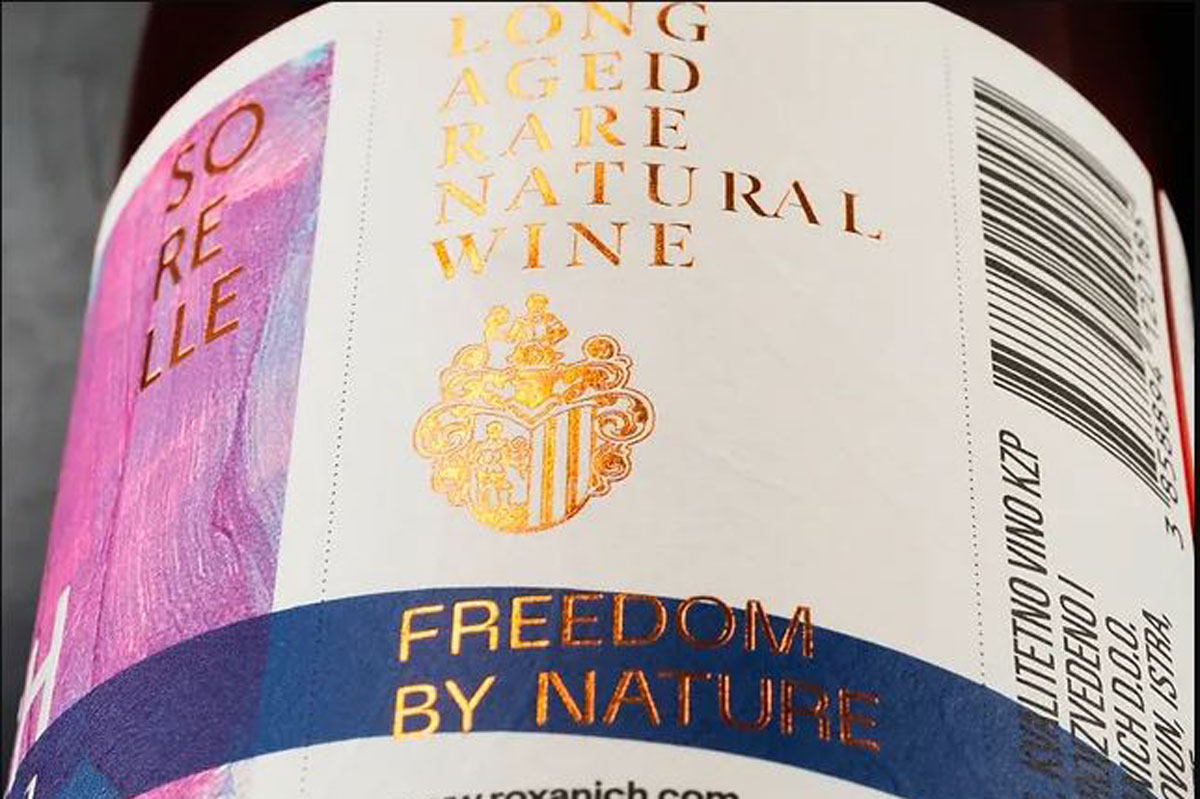
Historical milestones that shaped the Istrian wine industry
Today, Istria is a region with a vibrant wine culture, blending its rich history with contemporary winemaking practices. These milestones, and many other historical, cultural, and technological developments, have influenced most of the Istrian winemaking:
- Roman Roots: Istria’s winemaking heritage dates back to the Roman Empire. The Romans recognised the region’s viticultural potential and introduced winemaking techniques that laid the foundation for future practices.
- Venetian Rule: The Venetian Republic’s control over Istria from the Middle Ages to the 18th century profoundly influenced the region’s winemaking. Venetian architecture, grape varieties, and winemaking techniques became integral to Istrian viticulture. It is believed that the Venetians introduced the Malvasia grape variety to Istria. This variety became synonymous with the region’s wines and was pivotal in Istrian winemaking traditions.
- Phylloxera and Rebirth: The late 19th-century outbreak of the phylloxera pest devastated vineyards across Europe, including Istria. This event led to a period of decline but paved the way for replanting with disease-resistant rootstocks and adopting modern viticultural practices.
- 20th Century Revival: The 20th century significantly changed Istrian winemaking. The restoration of vineyards after the phylloxera outbreak led to increased production. The region saw shifts in grape varieties, focusing on white wines and the resurgence of indigenous varieties like Malvasia and Teran.
- Istrian Wine Revolution: The 1990s brought significant political changes, including Croatian independence. This period also marked a renewed focus on promoting Istrian wines both domestically and on the international stage. In the late 20th century, a new generation of winemakers embraced modern winemaking techniques and quality-focused practices. This movement resulted in the emergence of innovative and internationally recognised wineries.
- Modernisation and Quality: Istrian winemakers have embraced modern winemaking practices, including organic and biodynamic approaches, in recent decades. Quality has become a paramount goal, producing wines that showcase Istria’s unique terroir.
Tourism and Wine Tourism: Istria’s wine industry has become integral to its tourism sector. Wine tourism has gained prominence in Istria, with wineries offering tours, tastings, and events that allow an experience of Istrian wines in the context of their cultural and natural surroundings.
Final thoughts
In conclusion, Istrian wine heritage is a story woven over centuries, influenced by a mosaic of civilizations. From ancient Roman origins to the transformative Istrian wine revolution, each epoch has left an enduring mark on the region’s winemaking journey.
The influence of Venetian culture is evident in meticulous craftsmanship, grace, and a commitment to terroir. Today, Istria’s winemakers blend tradition with modernity, fashioning wines that encapsulate both legacy and innovation.
As Istria’s winemaking advances, a dedication to quality, sustainability, and wine tourism propels it into a promising future. Every sip of Istrian wine is a voyage through time, a tribute to the past, present, and the unwritten chapters ahead.





